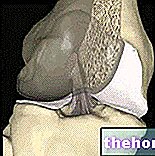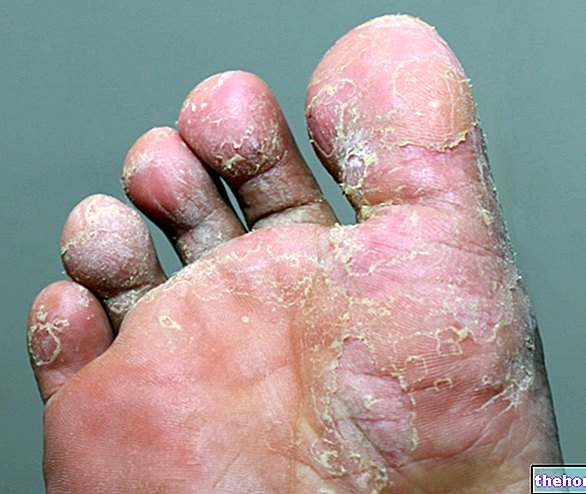Edited by Dr. Stefano Casali
MIS - Sudden Sports Death
The sudden death of an athlete, especially if at a high level, is accepted with great difficulty, but beyond the hypotheses and debates it remains a scientific phenomenon that must be analyzed with attention and competence.
Definition
Sudden death is defined by scholars as a natural event that occurs suddenly, ie death is instantaneous and occurs within one "hour" of the onset of acute symptoms. This event must also have the characteristics of unpredictability, that is, occur in subjects in apparent good health in which there were no elements that could foresee it. Sudden death from sports (MIS) must have a direct relationship (cause-effect relationship) with sports activity. Therefore, deaths from trauma, from environmental factors, which occur in athletes outside of physical exercise and those which occur during physical exercise, but in subjects already known to be carriers of pathological conditions at risk for this event.
Epidemiology
In the general population it is infrequent and it is even less so in the sports population. MIS does not exceed 1-2% of the global number of all sudden deaths. (0.7-1 / 100,000 inhabitants / year). The absolute number of deaths in the various disciplines varies in different countries according to the most practiced sports. Finland is higher in running and cross-country skiing, in the USA in basketball and American football, in South Africa in rugby and in Italy, of course, in football. MIS is more common in men (90%) and in older subjects. less than 35 years of age (75%). The most affected athletes are those of low competitive level (80%), ie amateurs, participants in amateur tournaments, etc. This is due to fewer checks and less accuracy in medical checks. The frequency of MIS it is also higher in official competitions (79%) than in training (21%).
Causes
"... no case of death can be attributed to" the effect of physical exercise, however strenuous, on a healthy heart. For this reason, the sudden death of an athlete presupposes the concurrence of at least two fundamental factors: "physical exercise, of significant intensity, and a pathological substrate, generally of a cardiovascular nature".
The substrates of MIS are largely constituted by heart disease or "silent" cardiac anomalies. In subjects over the age of 35 who died suddenly during activity, the substrate that is most frequently encountered in the autopsy examination is coronary atherosclerosis (over 80%); cholesterol plaques inside the coronary arteries (atheromas) which during exertion can become fixed and thrombosed (a blood clot forms on them) suddenly obstructing the flow to the myocardial cells in that area. It follows:
ischemia → acute heart attack → sudden death
Much more rarely coronary atherosclerosis can be responsible for MIS in subjects with less than 35 years of age (strong familiarity, smokers, hypercholesterolemia). In these subjects, congenital anomalies of the origin and course of the coronary arteries and myocardial diseases are found more frequently. (cardiomyopathies) which in this age group are often of genetic origin.
Hypertrophic cardiomyopathy (HCM) is a hereditary, familial disease, due to alteration of the genes that regulate the synthesis of contractile proteins present in muscle fiber cells → increase in the thickness of the heart walls (especially left ventricle, at the expense of the cavity that shrinks, and of the interventricular septum) → alterations of the ECG (in our country the carriers of this pathology are easily recognized because the ECG is mandatory to obtain eligibility.
Arrhythmogenic right ventricular cardiomyopathy (CMVDA) or arrhythmogenic right ventricular dysplasia. CMVDA is the most frequent cause of MIS (23%). It is a very insidious disease because in the initial cases it does not cause a modification of the ECG if there are symptoms such as ectopic beats the diagnosis can be made more easily.
Myocarditis - 5-10% of MIS cases. More or less acute inflammation of the heart, due in most cases to a virus. It usually begins as a complication of common viral diseases (influenza, infectious mononucleosis, exanthematous diseases). Sportspeople, especially younger ones, must observe an adequate rest period after an infectious disease.
Heart valve diseases are much more rarely the cause of MIS; they are forms on a congenital basis, such as the prolapse of the mitral valve, the bicuspid aortic valve (two flaps instead of three): easily recognizable by the presence of heart murmurs which must be followed by an echocardiographic examination.
Other articles on "Sudden Sports Death"
- Collapse and sport: how to intervene
- Syncope
- Vasovagal syncope, neuromediate syncope, post-exercise syncope
- Collapse and Sport
- Collapse and training
- Muscle cramps and dehydration
- Hyponatremia
- Hypoglycemia and Hypothermia in the Athlete
- Sudden Sports Death: causes and prevention




























